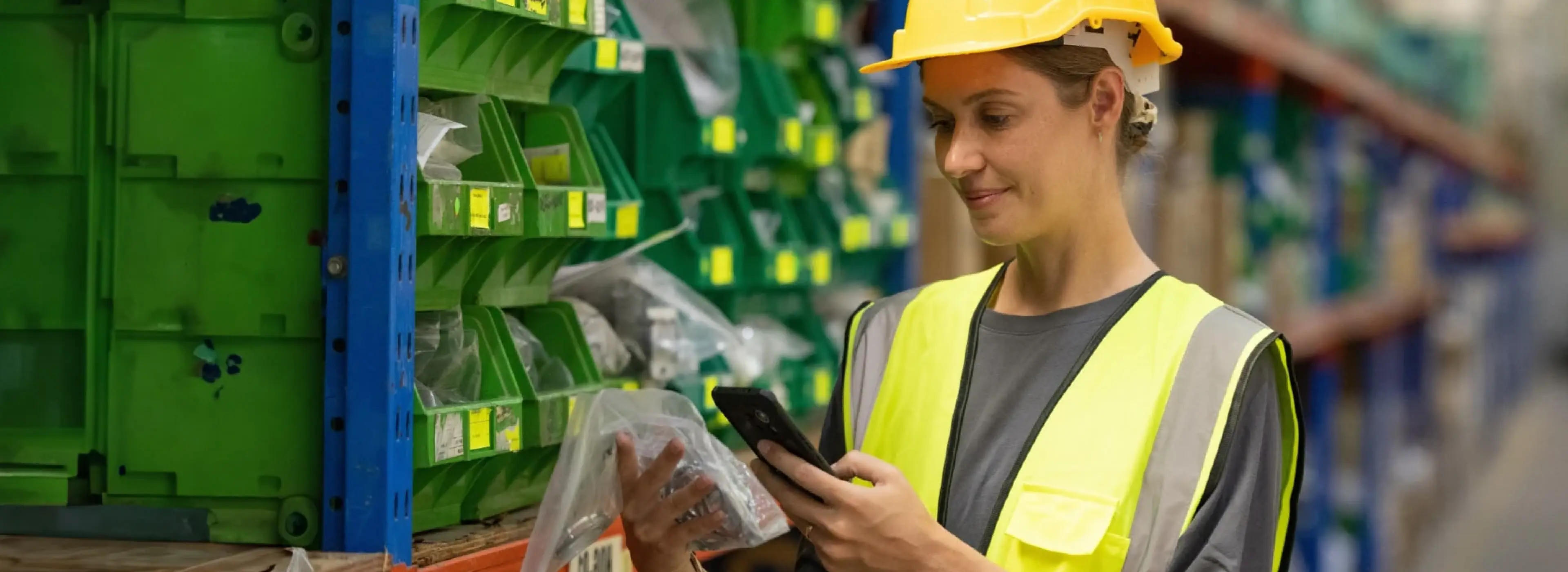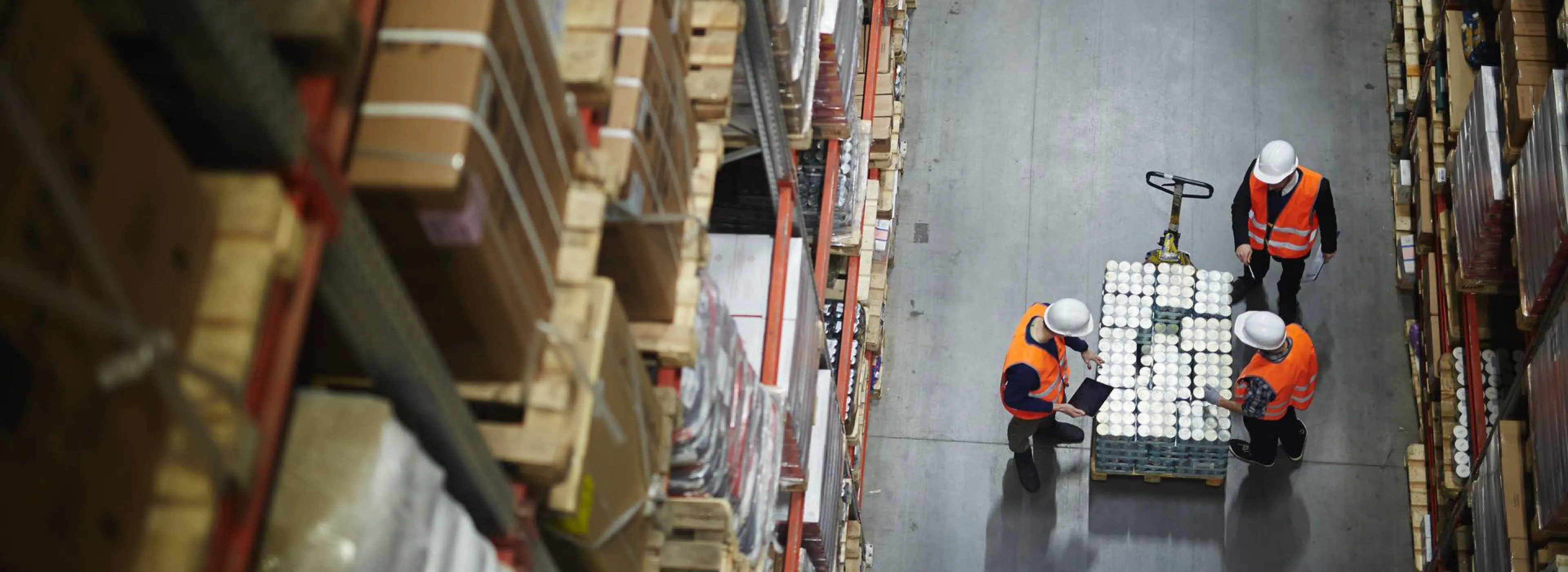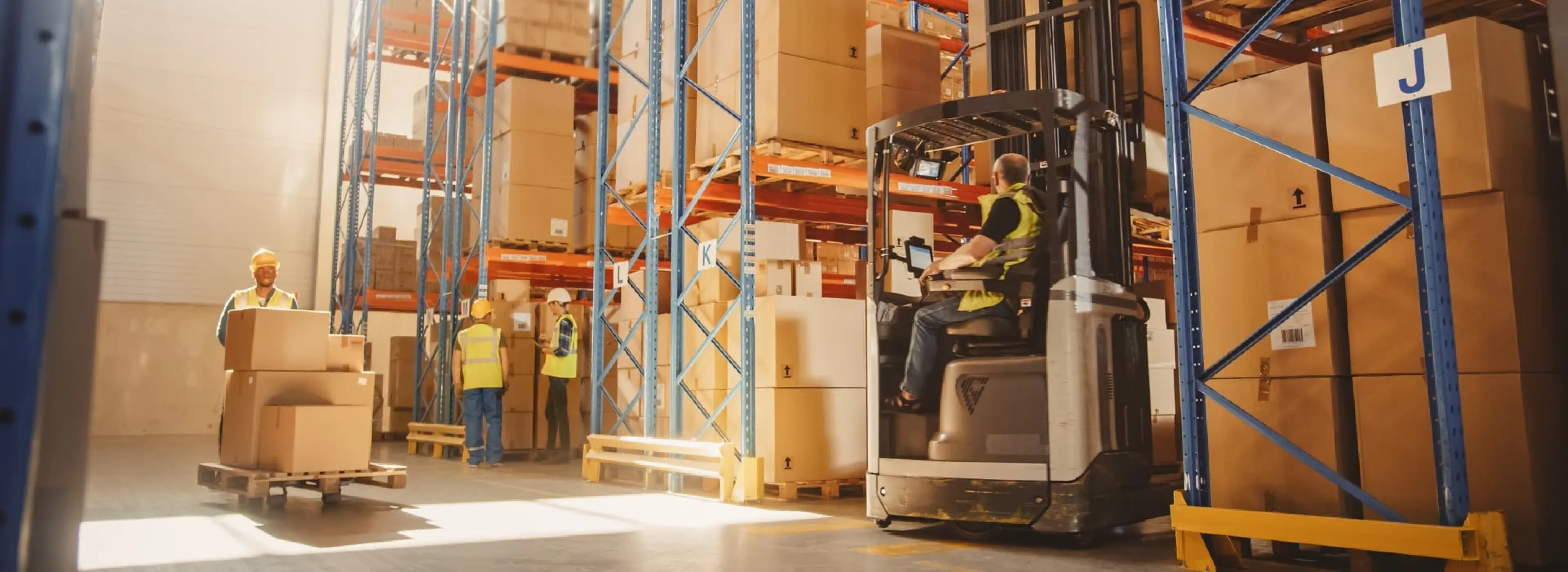In warehousing, as in every other organization, the people make or break the business. When warehouse workers swiftly move from one warehouse to another, retaining them may seem to be a daunting task.
Managers face many challenges in attracting, recruiting, and retaining a warehouse workforce. This holds true for warehouse employees at the lower and middle levels. Warehouse managers need to be smart in their approach to overcoming these challenges.
Click Here: Improve Warehouse Productivity With This Advanced and Affordable WMS
So, before I share some strategies, I’ll first discuss the specific challenges that the warehouse industry faces in terms of workforce.
Four Toughest Workforce Challenges
1. High Attrition Rate in High-Density Warehouse Areas
In areas with a high density of warehouse facilities, there is a lot of competition for attracting the labor force, be it workers or managers. In such areas, workers are given to switch jobs even for a minor increase in hourly wages. That can pose quite a difficulty for managers, who usually double as human resource managers.
2. Ageing Workforce / Unavailability of Young Work Force
Generation X, with their skills, training, and habit of sticking around, is aging now. Millennials are not really attracted to the warehouse industry. It’s not yet a promising scene as far as employing young people is concerned. Let’s face it—it is not an attractive job at all. And the industry is, indeed, suffering from that image that looms large.
The fact is that Millennials make up a large part of the warehouse workforce, but it is very challenging to both attract and retain them.
Average Count of Employees by Age in the Warehouse and Storage Industry (2019)

3. Unattractive Operating Hours/Shifts
The classic, and still the most popular, model is the three-shift model. With globalization and the growth of e-commerce, warehouse operations go on for 24 hours a day.
The point is that the longer or more inconvenient the working hours, the less attractive the job is for people. And then seasonal demand creates a lot of additional pressure on the employees and managers.

4. The Training Process
Lack of talent is a big challenge for warehouse managers. Even bigger than that is the challenge of training them, especially when dealing with the advances in warehouse technology that are fast becoming a part of warehousing and logistics.
A manager, in this case, has a considerable amount of human resource management responsibility. In cases where immigrant laborers or second-language learners are employed, training becomes doubly taxing.
You need to recognize the signs indicating that workforce management problems are causing you losses. The key to tackling these four situations lies in strategizing. So, here are four smart strategies that can help businesses, especially operations managers and warehouse managers, overcome these mammoth challenges.
Four Smart Strategies to Combat Warehouse Worker Challenges
1. Use More Than Money to Attract and Retain Workers
The BLS Economic News Release, January 9, 2018, reveals that up to the last working day of November 2017, quits/attrition increased by 25,000 in just one month in transportation, warehousing, and utilities. Evidently, an increasing number of people are leaving jobs in this sector.

The irony is that they’d leave you for a small increase in salary, but it is not just money that makes them stay. The truth is that monetary incentives are an important part of the retention strategy, but they are not the only ones. There are more reasons for warehouse workers to quit and switch.
If I had to give a broad reason for the employee attrition rate, it would be the discomfort with company/corporate culture and lack of career path rather than salary.
Here is what you must consider when trying to attract and retain warehouse employees:
- Market salary
- Attractive incentives include productivity bonuses, paid time off, game tickets, team-building trips, etc.
- A clean and safe workplace
- Healthcare benefits
- Access to training and skill upgrading programs
- Open communication
- Appreciation/recognition for a job well done
- Constructive feedback through a performance management process
- A well-defined career path
2. A New Approach for a Constantly Changing Workforce
The face of the workforce is constantly changing. In this case, what you need is innovative warehouse management. The warehouse manager may need to fashion ways to adapt to this drastic change in the nature of the workforce. Generation X (those born between 1965 to 1981) is getting older.

The present and future of the warehousing industry (be it in manufacturing or e-commerce) lie in Millennials (those born between 1982 and 2004). This factor contributes to the staffing shortage as it is today. This is why an increasing number of businesses are trying to combat the labor shortage with automation.
The new approach should now be to attract younger staff in an innovative manner. One reason you may also want to do this is because the youth has more affinity with technology and automated processes.
So, here is what you may consider doing – and in fact, a considerable number of businesses are already doing this:
- Organize school visits to educate the youth about warehousing, especially the working conditions, and bust the myths that these are squalid places.
- Introduce apprentice schemes, especially through campus placements. That way, you will have future warehouse employees who are trained and tech-ready.
- Consider hiring agency workers if those fit into your high-demand seasonal plan or to cover the absence of regular workers.
- Make your work hours flexible or annualized. That is likely to attract a lot of young labor.
3. Mold Hours to the Employees’ Advantage and Yours
The classic three-hour shift is not as popular as before, as “always-on” businesses, especially e-commerce, demand 24-hour processes. Many businesses have thus adopted a 12-hour shift/4-workday pattern to process around the clock.
These two models demand a high level of warehouse management. In both cases, you will need to ensure the arrangement of transportation for employees, appropriate break times, and substitute workers in case of absence, to name only a few.
A certainly more useful model is annualized hours. Annualized hours give you maximum flexibility and advantage. You pay the same amount to the staff every month, but the hours vary according to the amount of work each day.
This way, your warehouse workers will work longer shifts during high-activity periods. But for the periods with low activity, you can send them home as soon as the work is done.
This model provides the most flexibility and reduces the need to hire part-time and/or agency staff in high-demand seasons.
Since annualized hours are highly flexible, they also give you brighter odds of employee retention as well as better customer service.
4. Start the Training Process With Analysis
Training warehouse workers is a complicated process. To ensure that you train the right resources for the right processes, it is important to conduct an analysis first. You need to facilitate training not only for new recruits but also when any new technology or process is introduced.

However, before that is done, you need to analyze what sort of warehouse training is given to which workers. To do so, there are certain factors that you need to consider:
- The nature of work (Training is a must in mechanical equipment handling/driving jobs; manual handling also requires lifting and placing training.)
- The degree of safety needed for the job
- The physical and mental ability of the warehouse clerk
- Whether the worker needs cross-training because their job is closely aligned with other important processes
- Language barriers (You could consider language classes or employing bilingual workers.)
“The only worse thing than training your employees and having them leave is not training them and having them stay.”
Henry Ford
Always remember that the workers are the soul of the warehouse. Getting good warehouse workers and keeping them can actually add a lot of value to your business.
This is why it is important to take steps that help you recruit the best talent and keep it contributing to your business. These four smart human resource management strategies make it simpler for you.
In the meantime, if you need a solution that can increase the productivity of your workers and optimize your warehouse, go to our Solutions Finder tool
If you want to learn more about warehouse digitalization and optimizing warehouse processes, you can follow us on LinkedIn, YouTube, X, or Facebook. If you have other inquiries or suggestions, please contact us here. We’ll be happy to hear from you.












